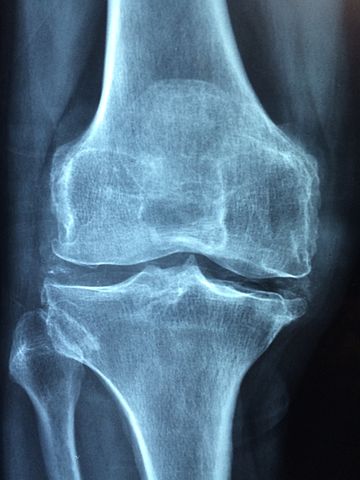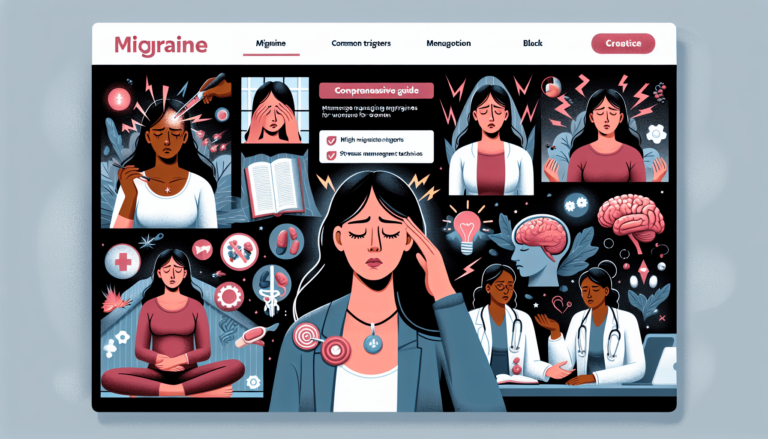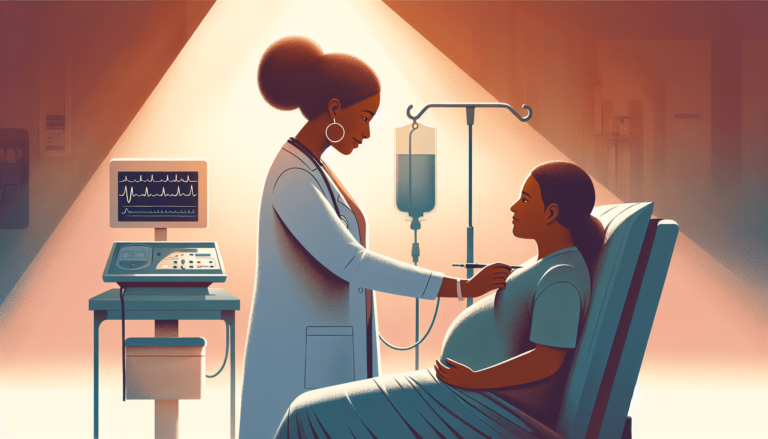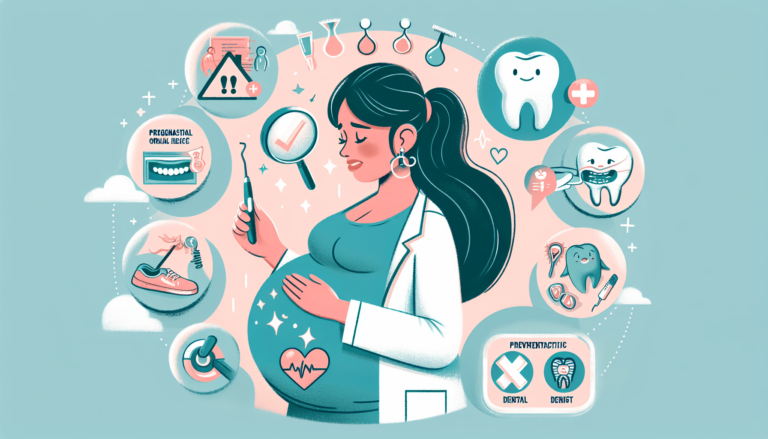Questions and Answers About Bone Health
As an Amazon Associate I earn from qualifying purchases.
By: MICHAEL MURRAY, MD
When most people think of bones, what comes to mind are the lifeless, dead bones of skeletons. But, bone is actually a dynamic, living tissue. Healthy bones are dependent on an intricate interplay of many nutritional and hormonal factors. In the human body, there is a constant process of breaking down and remaking of bones. When the rate of bone breakdown exceeds that of bone manufacture it can result in a condition known as “osteoporosis.” Literally, the word osteoporosis means “porous bone.” Osteoporosis affects more than twenty million people in the United States including one out of four postmenopausal women.

What exactly causes osteoporosis?
Normally there is a decline in bone mass after the age of forty in both sexes (about two percent loss per year), but women are at a much greater risk for osteoporosis because of lower bone density prior to age forty.
Osteoporosis involves both the mineral (inorganic) and nonmineral (organic matrix, composed primarily of protein) components of bone. This is the first clue that there is more to osteoporosis than a lack of dietary calcium. In fact, lack of dietary calcium in the adult results in a separate condition known as osteomalacia, or “softening of the bone.” The two conditions, osteomalacia and osteoporosis, are different in that in osteomalacia there is only a deficiency of calcium in the bone. In contrast, in osteoporosis there is a lack of both calcium and other minerals, as well as a decrease in the nonmineral framework (organic matrix) of the bone. Little attention has been given to the important role that this organic matrix plays in maintaining bone structure.
Table 1 – Major Risk Factors for Osteoporosis in Women
Family history of osteoporosis
Gastric or small-bowel resection
Heavy alcohol use
Hyperparathyroidism
Hyperthyroidism
Inactivity
Leanness
Long-term glucocorticosteroid therapy
Long-term use of anticonvulsants
Low calcium intake
Nulliparity (never having been pregnant)
Postmenopause
Premature menopause
Short stature and small bones
Smoking
White or Asian race
Where does the bone loss in osteoporosis occur?
Although the entire skeleton may be involved in postmenopausal osteoporosis, bone loss is usually greatest in the spine, hips, and ribs. Since these bones bear a great deal of weight, they are then susceptible to pain, deformity, or fracture. At least 1.5 million fractures occur each year as a direct result of osteoporosis, including 250,000 hip fractures, the most catastrophic of fractures. Hip fracture leads to death (both directly and indirectly as a result of long-term hospital stays) in twelve to twenty percent of cases and precipitates long-term nursing home care for half of those who survive. Nearly one-third of all women and one-sixth of all men will fracture their hips in their lifetime.2
How do I determine my bone density?
There are several techniques to measure bone density. The one that I recommend is known as dual energy X-ray absorptiometry (DEXA).3 In addition to providing the most reliable measurement of bone density, the DEXA test also exposes a person to considerably less radiation than other X-ray procedures for measuring bone density. In the DEXA exam, the measurements will usually be of both the hip and the lumbar spine. I recommend that women of high risk (see table 1) get a baseline bone-density measurement and then monitor the rate of bone loss using a urine test known as OsteoCheck (available through www.bodybalance.com). In other words, the DEXA test can be used to measure bone density, while the OsteoCheck can be used to measure the rate of bone loss.
The OsteoCheck measures the urine levels of a compound linked to bone breakdown (deoxypyridinium). The OsteoCheck can be used to monitor the rate of bone loss and the success (or failure) of therapy. The OsteoCheck provides faster feedback than DEXA, which can take up to two years to detect a therapeutic response. For more information on the OsteoCheck test, see www.bodybalance.com.
What can be done to maintain bone health and prevent osteoporosis?
Recently there has been an incredible push for increasing dietary calcium intake to prevent osteoporosis. While this appears to be sound medical advice for many, osteoporosis represents much more than a lack of dietary calcium. It is a complex condition involving hormonal, lifestyle, and nutritional factors. A comprehensive plan that addresses these factors offers the greatest protection against developing osteoporosis. The primary goals in the treatment and prevention of osteoporosis are to:
1. Preserve adequate mineral mass,
2. Prevent loss of the protein matrix and other structural components of bone,
3. Assure optimal repair mechanisms to remodel damaged areas of bone.
Achieving these goals requires adoption of lifestyle, dietary, and nutritional supplementation practices to build healthy bones.
What lifestyle factors are important for maintaining bone health?
Certain lifestyle factors are extremely important to bone health. For example, coffee, alcohol, and smoking cause a negative calcium balance (more calcium being lost than taken in) and are associated with an increased risk of developing osteoporosis, while regular exercise reduces that risk.5,6 In fact, exercise is the most critical factor for maintaining healthy bones. Physical exercise, consisting of one hour of moderate activity three times a week, has not only been shown to prevent bone loss, but actually increase bone mass in postmenopausal women.
What are the key dietary factors to maintain bone health?
Many general dietary factors have been suggested as a cause of osteoporosis: low-calcium-high-phosphorus intake, high-protein diet, high-acid-ash diet, high salt intake, and trace-mineral deficiencies, to name a few.8,9 Considering that the average American consumes 150 grams of sucrose in one day, along with other refined simple sugars, carbonated beverages loaded with phosphates, and large quantities of protein, it is little wonder that there are so many people suffering from osteoporosis in this country. When lifestyle factors are also taken into consideration, it is apparent why osteoporosis has become a major medical problem.
One of the best things you can do for your bone health is to stay away from soft drinks. Soft drinks have long been suspected of leading to lower calcium levels and higher phosphate levels in the blood. When phosphate levels are high and calcium levels are low, calcium is pulled out of the bones. The phosphate content of soft drinks like Coca-Cola and Pepsi is very high, and they contain virtually no calcium. The high phosphate level is required for dissolving the sugar and contributing to the taste. It appears that increased soft-drink consumption is a major factor that contributes to osteoporosis. The United States ranks first among countries in soft-drink consumption. The per-capita consumption of soft drinks is in excess of 150 quarts per year, or about 3 quarts per week.
What about milk?
Contrary to what the advertisements from the dairy industry tell us, milk consumption may not lead to strong bones. While numerous clinical studies have demonstrated that calcium supplementation can retard bone loss, the data is inconclusive in regards to a high dietary calcium intake from milk and prevention of osteoporosis and bone fractures. One of the first clues that milk consumption may not be that beneficial for bone health is data showing that that countries with the highest dairy intake have the highest rate of hip fractures per capita.
In analyzing data from the Nursesí Health Study, a stud involving 77,761 women, researchers found no evidence that higher intakes of milk actually reduced fracture incidence.10 In fact, women who drank two or more glasses of milk per day had a relative risk 45% for hip fracture compared to women consuming one glass or less per week. In other words, the more milk that was consumed the more likely a woman would experience a hip fracture. This data simply does not support the idea that “every body needs milk.”
Is calcium supplementation important in preventing and treating osteoporosis?
Yes, absolutely. But, preventing and reversing osteoporosis involves much more than calcium. Bone is dependent on a constant supply of many nutrients. A deficiency of any of a number of nutrients such as boron, magnesium, vitamin K, and others will adversely affect bone health. To truly support bone health in my patients at high risk for osteoporosis, along with a high potency multiple vitamin and mineral formula, I recommend additional bone building nutrients such as calcium (to bring total daily supplement levels to 1,000 mg), boron, magnesium, and folic acid. In my patients with existing osteopororis, I recommend adding ipriflavone (Ostivone) to the program.
Ipriflavone has shown excellent results in helping to prevent further bone loss. And, along with the calcium and other important nutrients ipriflavone can actually help rebuild bone.
When should a woman start taking calcium?
There is a strong correlation between pre-menopausal bone density and the risk of osteoporosis. In other words, how dense the bones are prior to menopause is a significant factor in determining whether or not a woman develops osteoporosis. That being the case, building strong bones should be a lifelong goal beginning in childhood. However, the reality is that most women probably are not that concerned about osteoporosis until a couple of years before menopause (the perimenopause).
Fortunately, even taking calcium just prior to the onset of menopause has been shown to produce considerable benefit in increasing bone density. For example, in a two-year study 214 women near the age of menopause (perimenopausal) received either 1,000 or 2,000 mg of calcium or a placebo.11 While the control group actually lost 3.2% of their bone density of their spine, the calcium-treated groups increased the density by 1.6% (there was no difference between the two calcium groups). These results highlight the importance of calcium supplementation prior menopause in the battle against osteoporosis.
Can calcium supplementation increase bone density in postmenopausal women with osteoporosis?
Not by itself. In women who have passed through menopause, supplementation of calcium has only been shown to be effective in reducing bone loss. Although on its own, calcium supplementation does not completely halt the process, it does slow the rate down by at least 30 to 50% and offers significant protection against hip fractures.12-14 While menopausal and postmenopausal women are often told that without hormone replacement therapy they will most definitely get osteoporosis, several studies provide strong evidence on the inaccuracy of this commonly held view. Although calcium alone is less effective than when it is combined with estrogen, because calcium supplementation carries with it no significant health risks this study reinforces the opinion that hormone replacement therapy should definitely be reserved for women at significant risk for osteoporosis.
For women with confirmed osteoporosis, I recommend strongly that they discuss treatment options with their physicians. I also recommend, regardless of the treatment chosen, that proper monitoring with OsteoCheck levels be performed to validate effectiveness of treatment. Ipriflavone (Ostivone) is an exciting natural approach to maintaining bone health. Several double-blind studies have shown that this naturally-occurring flavonoid (plant pigment) can dramatically halt the progression of bone loss when used in combination with 1,000 mg of calcium.15-17 The typical dosage of ipriflavone is 200 mg three times daily.
What is an Effective Dosage of Calcium?
The effectiveness of calcium supplementation at a particular dosage is ultimately dependent upon the womanís diet and lifestyle. As repeatedly stated throughout this article, bone health and osteoporosis treatment/prevention involves much more than calcium. That being said, an effective dosage for supplemental calcium is 600 to 1,200 mg per day for most women. If there is significant bone loss, the dosage may need to be in the 1,000 to 1,500 range.
What is the Best Form of Calcium?
The best form of calcium is certainly neither oyster shell, bone meal, or calcium hydroxyapatite. Studies have indicated that these calcium supplements may contain substantial amounts of lead or have a lower absorption profile compared to other forms of calcium.18 I would recommend staying away from these forms of calcium.
Calcium bound to citrate and other Krebs cycle intermediates such as fumarate, malate, succinate, and aspartate appears to be the best overall form of calcium although refined calcium carbonate is still an excellent form for the majority of women. The additional benefit with using minerals bound to Krebs cycle intermediates is that over 95% of the Krebs cycle intermediates ingested are used to produce cellular energy with the remainder being excreted in the urine where they may act to prevent kidney stone formation. The Krebs cycle intermediates fulfill every requirement for an optimum calcium chelating agent: (a) they are easily ionized, (b) they are almost completely degraded, (c) they have it virtually no toxicity, and (d) they have been shown to increase the absorption of not only calcium, but other minerals as well.
In short, refined calcium carbonate has the lowest lead content, but calcium bound to Krebs cycle compounds appear to be better absorbed especially in women with low gastric acid output than other forms of calcium. The problem with calcium supplements bound to the Krebs cycle compounds is their bulk ñ it basically requires three to four times as many capsules or tablets to provide the same level of calcium compared to calcium carbonate sources. Providing a combination of calcium carbonate and Krebs cycle calcium appears to be a reasonable solution.
What about calcium hydroxyapatite?
Although this form of calcium – basically a purified bone meal – receives a lot of hype, there is little science to support manufacturers claims that it is a superior form of calcium for bone health. Quite the contrary. What scientific studies show is that among calcium supplements tested for absorption, this form tested at 20% absorption compared to 30% for either calcium carbonate or calcium citrate in one study and was the poorest absorbed form out of five commercially available forms in another.19,20 Clearly these results do not support the marketing hype for calcium hydroxyapatite.
References:
Dempster DW and Lindsay R: Pathogenesis of osteoporosis. Lancet 341:797-805, 1993.
Lindsay R: The burden of osteoporosis: Cost. Am J Med 98(Suppl.2A):9S-11S, 1995
Kanis J: Bone density measurements and osteoporosis. J Int Med 241:173-5, 1997
Chestnut CH, et al.: Hormone replacement therapy in postmenopausal women: Urinary N-telopeptide of type I collagen monitors therapeutic effect and predicts response of bone mineral density. Am J Med 102:29-37, 1997.
Aloia JF, Cohn SH, Vaswani A, et al.: Risk factors for postmenopausal osteoporosis. Am J Med 78:95-100, 1985.
Jaglar SB, Kreiger N and Darlington G: Past and recent physical activity and the risk of osteoporosis. Am J Epidemiol 138:107-118, 1993
Opriot JC, et al.: Physical activity as therapy for osteoporosis. Can Med Assoc J 155:940-4, 1996
Eaton-Evans J: Osteoporosis and the role of diet. Br J Biomedical Sci 51:358-70, 1994
Saltman PD and Strause LG: The role of trace minerals in osteoporosis. J Am Coll Nutr 4:384-9, 1993
Feskanich D, et al.: Milk, dietary calcium, and bone fractures in women: A 12-year prospective study. Am J Public Health 87:992-7, 1997.
Elders PJM, et al.: Long-term effect of calcium supplementation on bone loss in perimenopausal women. J Bone Min Res 9:963-70, 1994
Aloia JF, et al.: Calcium supplementation with and without hormone replacement therapy to prevent postmenopausal bone loss. Annals Intern Med 120:97-103, 1994.
Reid IR, et al.: Long-term effects of calcium supplementation on bone loss and fractures in postmenopausal women: A randomized controlled trial. Am J Med 98:331-5, 1995.
Devine A, et al.: A 4-year follow-up study of the effects of calcium supplementation on bone density in elderly postmenopausal women. Osteoporos Int 7:23-8, 1997.
Adami S, et al.: Ipriflavone prevents radial bone loss in postmenopausal women with low bone mass over 2 years. Osteoporosis Int 7:119-25, 1997.
Agnusdei D, et al.: A double-blind, placebo-controlled trial of ipriflavone for prevention of post-menopausal bone loss. Calcif Tissue International 61:141-7, 1997.
Passeri M, et al.: Effects of 2-year therapy with ipriflavone in elderly women with established osteoporosis. Ital J Miner Electrolyte Metab 9:137-44, 1995.
Bourgoin BP, et al.: Lead content in 70 brands of dietary calcium supplements. Am J Public Health 83:1155-60, 1993.
Carr CJ and Shangraw RF: Nutritional and pharmaceutical aspects of calcium supplementation. Am Pharm 27:49-57. 1987.
Deroisy R, et al.: Acute changes in serum calcium and parathyroid hormone circulating levels induced by the oral intake of five currently available salts in healthy male volunteers. Clin Rheumatol 16:249-53, 1997.
Amazon and the Amazon logo are trademarks of Amazon.com, Inc, or its affiliates.





